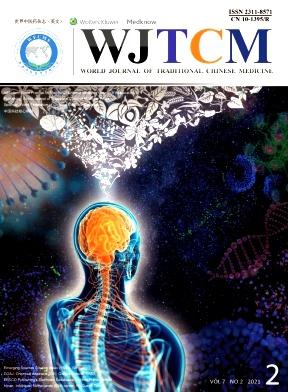Formulation of ayurvedic medicines and extracts of medicinal plants as an alternative therapeutic treatment option for nephrolithiasis
IF 3.2
3区 医学
Q1 INTEGRATIVE & COMPLEMENTARY MEDICINE
引用次数: 0
Abstract
The incidence of nephrolithiasis, commonly known as kidney stone, is increasing worldwide with significant health and economic burden. Approximately 2 million people every year in India are affected by kidney stones. It affects all ages, genders, and races, but between the ages of 20 and 49 years, it affects most frequently in men than women. Different types of stones include calcium stones, cysteine stones, struvite or magnesium ammonium phosphate stones, uric acid stones, and drug-induced stones. This review article provides information about general pathophysiology, epidemiology, clinical presentation, and pharmacological treatment, which includes ayurvedic and herbal medicines for nephrolithiasis. Further understanding of the pathophysiological link between nephrolithiasis and systemic disorders is necessary for the development of new therapeutic options.阿育吠陀药物和药用植物提取物的配方作为肾结石的替代治疗选择
肾结石,俗称肾结石,在世界范围内的发病率正在增加,造成了重大的健康和经济负担。印度每年大约有200万人患有肾结石。它影响所有年龄、性别和种族,但在20至49岁之间,男性比女性更常见。不同类型的结石包括钙结石、半胱氨酸结石、鸟粪石结石或磷酸铵镁结石、尿酸结石和药物性结石。本文综述了肾结石的一般病理生理、流行病学、临床表现和药物治疗,包括阿育吠陀药和草药。进一步了解肾结石和全身性疾病之间的病理生理联系对于开发新的治疗方案是必要的。
本文章由计算机程序翻译,如有差异,请以英文原文为准。
求助全文
约1分钟内获得全文
求助全文
来源期刊

World Journal of Traditional Chinese Medicine
Medicine-Complementary and Alternative Medicine
CiteScore
5.40
自引率
2.30%
发文量
259
审稿时长
24 weeks
 求助内容:
求助内容: 应助结果提醒方式:
应助结果提醒方式:


